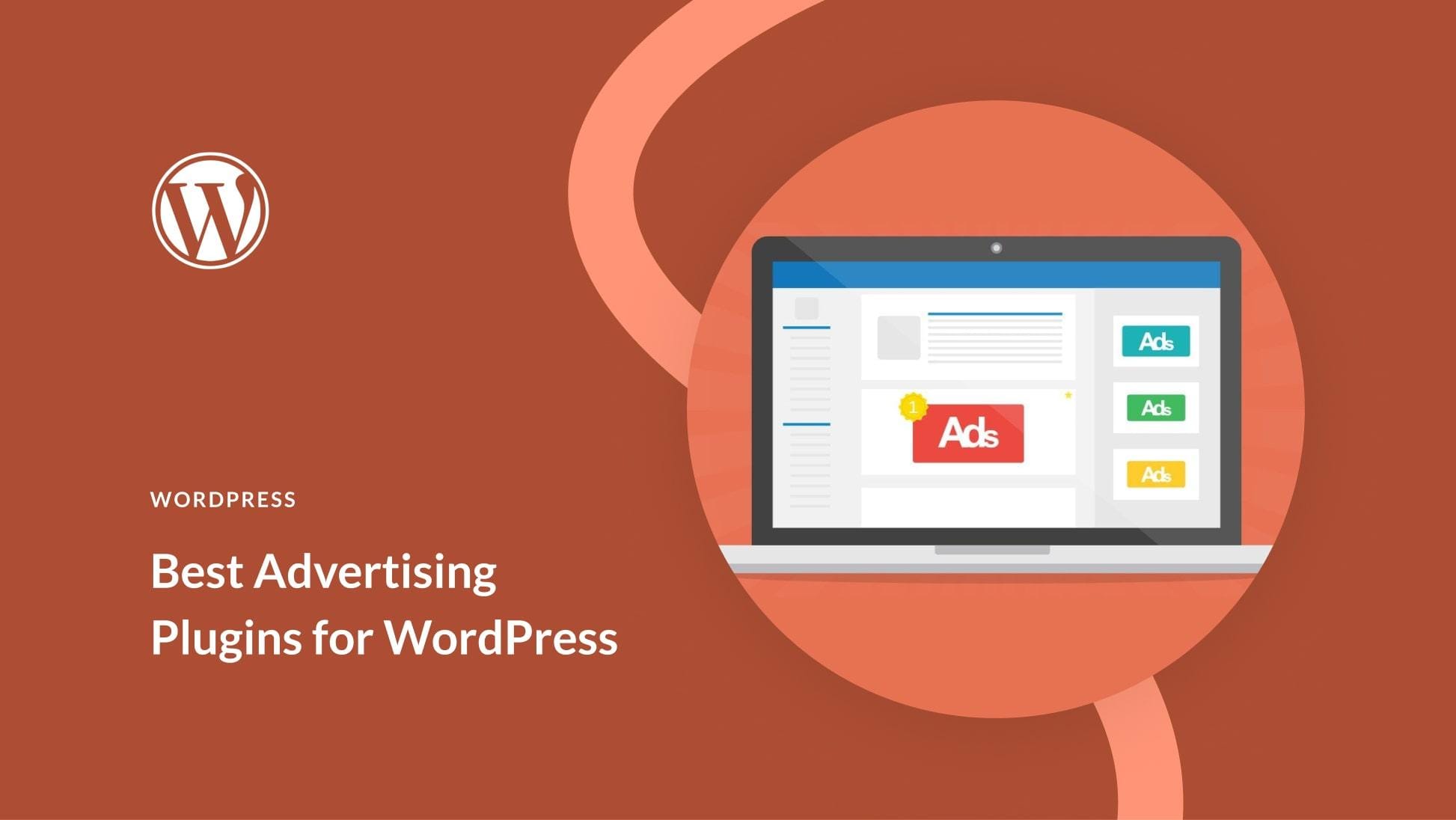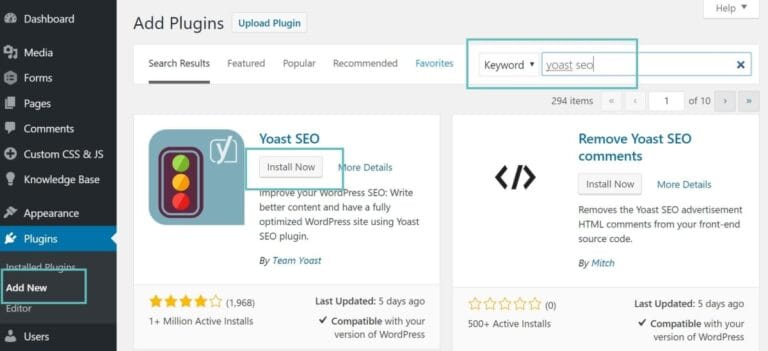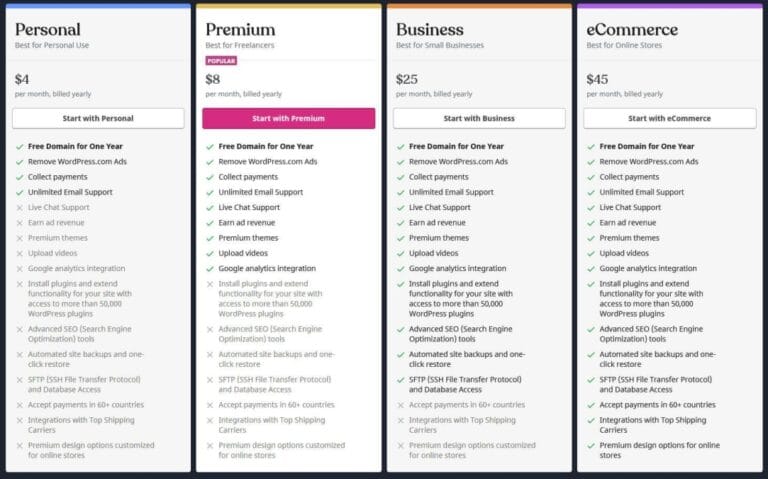If you’ve got a WordPress site and are looking to earn a little cash on the side, you’re in the right place! adding ads to yoru website might seem like a daunting task, but it doesn’t have to be. Whether you’re a seasoned blogger or just starting out, monetizing your site can be straightforward and, dare we say, even fun.In this article, we’ll walk you through some easy steps to get started with advertising on your WordPress site, so you can turn those clicks into dollars without all the headaches.Let’s dive in and see how you can make your site work for you!
Choosing the Right Ad Network for Your Site

Choosing the right ad network can make or break your site’s ability to generate income, so it’s definitely worth spending some time on. There are a ton of options out there, and it can feel overwhelming at first. Before jumping in, think about what fits your site best. Here are some key points to consider:
- Audience: Look closely at your site’s demographics. Some networks perform better if you have a specific niche or wealthy audience. It’s significant to understand who is visiting your site to choose a network that serves relevant ads.
- Payment Options: Check how and when the ad networks pay. Some might offer a net 30 payment cycle while others coudl have different minimum payout thresholds. Make sure the payment methods work for you—PayPal, direct deposit, and checks are common options.
- Type of Ads: Different ad networks offer different types of ads. Some focus on display ads, while others specialize in sponsored posts or affiliate marketing. Think about what you’re pleasant with and what would blend well with your site’s content.
- Support and Resources: Don’t forget to look at the support and resources that each ad network provides. A network that offers insightful analytics and solid customer support can definitely help you make the most out of your ad placements.
You might find it helpful to lay out a fast comparison table to help visualize your options.Here’s a simple example:
| Ad network | Payment Method | Ad Type | Support Level |
|---|---|---|---|
| AdSense | Direct Deposit, Checks | Display | Good |
| Media.net | PayPal | Contextual | Average |
| amazon Ads | Direct Deposit | Affiliate | Excellent |
Take a little time to research, maybe even trial a couple of networks to see how they perform for you. It’s okay to switch things up if something isn’t working. Your priority is to find the right match that keeps your site running smoothly and starts generating that extra cash flow. Happy ad hunting!
Setting Up Your First Ad: A Simple Guide

Getting started with ads on your WordPress site doesn’t have to be elaborate. First things first, you’ll want to decide what kind of ads you want to run. Here’s a quick rundown of your options:
- Display Ads: These are usually banners that you see at the top or sides of a webpage.
- Text Ads: Simple text links that can be placed anywhere on your site.
- Video Ads: Short clips that play before your content or in-between.
Onc you’ve picked the type of ad you want to use, the next step is picking an ad network. This is where you’ll get your ads from. Some popular choices include Google AdSense, Media.net, and Monumetric. Each network has its own requirements, so be sure to check what’s needed to sign up. You might need a certain amount of traffic or content, so keep that in mind as you’re setting things up.
after you’ve signed up with an ad network, you’ll typically get a snippet of code from them. This is what you’ll place on your site to display the ads. Head over to your WordPress Dashboard and navigate to the area where you can add custom HTML. You can either stick it in a widget (like in your sidebar or footer) or use a plugin that lets you add ads without messing around with code.if you choose the plugin route, some popular ones include Ad Inserter and Advanced Ads.
it’s important to keep an eye on how your ads are performing. Most ad networks provide analytics so you can see how many clicks you’re getting and how much revenue you’re bringing in. If an ad isn’t performing well, don’t hesitate to switch things up or try different placements on your site.Here’s a quick table showing some common mistakes to avoid:
| Mistake | Why It’s a no-Go |
|---|---|
| Too many ads | Can overwhelm visitors and hurt user experience. |
| Unrelated ads | Ads that don’t match your content can annoy users. |
| ignoring mobile | Optimize for mobile is a must as many browse from phones. |
Design Tips for Seamless Ad Integration
 When it comes to fitting ads into your site without making it look cluttered, less is definitely more. think about where users are most likely to see the ads without feeling bombarded. Popular spots include the sidebar and the footer. Using sticky ads can also help catch the eye while not interfering with the main content. It’s about striking that right balance so your visitors stay engaged.
When it comes to fitting ads into your site without making it look cluttered, less is definitely more. think about where users are most likely to see the ads without feeling bombarded. Popular spots include the sidebar and the footer. Using sticky ads can also help catch the eye while not interfering with the main content. It’s about striking that right balance so your visitors stay engaged.
Another crucial point is design consistency. Make sure your ads blend in with your site’s color scheme and style. If your blog is all about warm tones, bright neon ads can be jarring. A good trick is to adjust the ad background or add a border that matches your theme. This way, they don’t stick out like a sore thumb, but still drive attention where it counts.
Don’t forget to leverage responsive design. Your visitors will come from all sorts of devices these days, so it’s super critically important to ensure your ads adjust according to screen size. You can use WordPress plugins or custom CSS to control how ads display across different platforms, making sure they’re effective regardless of whether someone’s on a phone or a desktop.
| Ad Placement | Effectiveness | User Experience |
|---|---|---|
| Sidebar | High Visibility | Moderate Distraction |
| Header | Very High Visibility | Possible Annoyance |
| Footer | Medium Visibility | Low Distraction |
Lastly, always keep an eye on the analytics. It’s critically important to track how your ads are performing. Are they getting clicks? Are visitors bouncing off the page? WordPress has some great plugins that will help you analyze this data. The more informed you are, the better you can tweak your ad placements for better results!
Tracking Performance and Making Adjustments

Once you have ads running on your site, the next step is to keep an eye on how they’re performing.think of it like checking the score of a game.You want to know which ads are hitting it out of the park and which ones are striking out. Use tools like Google Analytics or any ad management plugin that gives you insights. You’ll want to look at metrics like click-through rate (CTR), impressions, and conversion rate to get a clear picture.
Here are a few things to focus on while tracking:
- CTR: This tells you how many people are clicking on your ads compared to how many people saw them.
- Impressions: It’s just the number of times your ads were displayed. Higher isn’t always better if people aren’t clicking.
- conversion Rate: This is all about actions—how many clicks led to sales or sign-ups.
If you notice that certain ads aren’t performing well,don’t be afraid to make changes. Maybe it’s time to switch up the ad copy or images. A/B testing can work wonders here. You can run two versions of an ad side by side to see which one resonates more with your audience. This way, you’re not just guessing what works; you’re using actual data to drive your decisions.
It’s also important to keep an eye on your audience’s behavior. Trends can shift quickly, so keeping your content and ads aligned with what your visitors want can really pay off. If a particular product or service gets a lot of attention, consider featuring it more prominently in your ads. Remember, the goal is to connect with your audience and provide them with what they’re really looking for.
Keeping Your Readers Happy While Monetizing Your Content

Monetizing your content doesn’t have to mean shoving ads in your readers’ faces.The key is to strike a balance that keeps your audience happy, while still earning you some income. Start by integrating ads that are relevant to your niche. This way, your readers will find the ads useful instead of annoying. Try to choose ad placements that don’t interrupt the flow of your content too much. Think about putting them in the sidebar or at the end of your articles.
Another biggie is to keep your content top-notch. if your articles are engaging and valuable, people are less likely to care about the occasional ad.Focus on providing great data, helpful resources, and maybe a few laughs. When your readers are getting something in return, they’re more likely to overlook the ads. Your main goal should be to create a community where your readers feel valued and understood.
It’s also smart to ask for feedback directly from your audience. You could run a quick poll or a survey to see how they feel about the ads on your site. questions like these could help:
| Question | Options |
|---|---|
| Do you find the ads helpful? | Yes / No |
| Are there too many ads? | Too Many / Just Right / Not Enough |
| Where do you prefer seeing ads? | Sidebar / End of Article / Not at All |
Lastly, don’t forget to mix it up! In addition to traditional ads, consider affiliate marketing or sponsored posts that resonate with your audience. This way, you’re giving them something extra while still making money. Just make sure to keep it transparent. let your readers know when you’re promoting something for a commission. They’ll appreciate the honesty and you may even build more trust in the long run.
Q&A
Q: Why should I add ads to my WordPress site?
A: Adding ads can help you make some extra cash while sharing your content. If you’re running a blog or a site, why not earn a little something from it? plus, it’s a great way to monetize your hard work.
Q: What are some common ad networks I can use?
A: The big player is Google AdSense, but there are others like Amazon Associates, Media.net, and even ad networks like AdThrive or Ezoic for sites with lots of traffic. Just pick one that fits your needs and audience!
Q: How do I sign up for an ad network?
A: Usually,you just go to their website and create an account. Fill out your info, agree to their terms, and submit your submission. Some networks do take a bit to approve you—especially if you’re just starting out, so be patient!
Q: How do I add ads to my WordPress site once I’m approved?
A: Once you’re in, you’ll get some code or a plugin from the ad network. If it’s code, you can add it directly into your site’s HTML using widgets or place it directly into your theme’s code. For plugins, just install the plugin on your WordPress dashboard and follow the instructions!
Q: How do I choose where to place my ads on the site?
A: Think about where visitors are most likely to see them without losing their interest. Common spots are in the sidebar, between blog posts, or even in the header. Just make sure they’re not too intrusive—people don’t love it when ads get in the way of reading!
Q: What types of ads work best on a blog?
A: Well, it depends on your audience. Display ads are pretty standard, but affiliate links and sponsored posts can also work well. Just make sure they’re relevant to your content so your readers don’t feel like they’re being sold to!
Q: Will ads slow down my site?
A: They can, especially if you’re using a lot of them or if you pick a network with heavy scripts. It’s a good idea to monitor your site’s speed and maybe use a caching plugin to help with performance.
Q: Do I need to worry about my site looking cluttered with ads?
A: Definitely! Less can be more when it comes to ads. if your site looks like a billboard, visitors might bail.Keep it clean and balanced, so that the content stays the star of the show.
Q: How can I track how my ads are performing?
A: Most ad networks give you some pretty good tools for tracking performance, like how many clicks and impressions you’re getting. You can also use Google Analytics to see how ads are affecting your overall traffic.
Q: What if I’m not making much money from ads?
A: Don’t get discouraged! Sometimes it takes time to build up traffic and clicks. You might also need to experiment with different ad placements, networks, or types of ads. Keep tweaking things and see what works!
Q: Any last tips for beginners?
A: Start simple and don’t overload your site right away. Focus on creating great content first, and then sprinkle in ads gradually. Just remember to always put your audience first! Happy monetizing!






